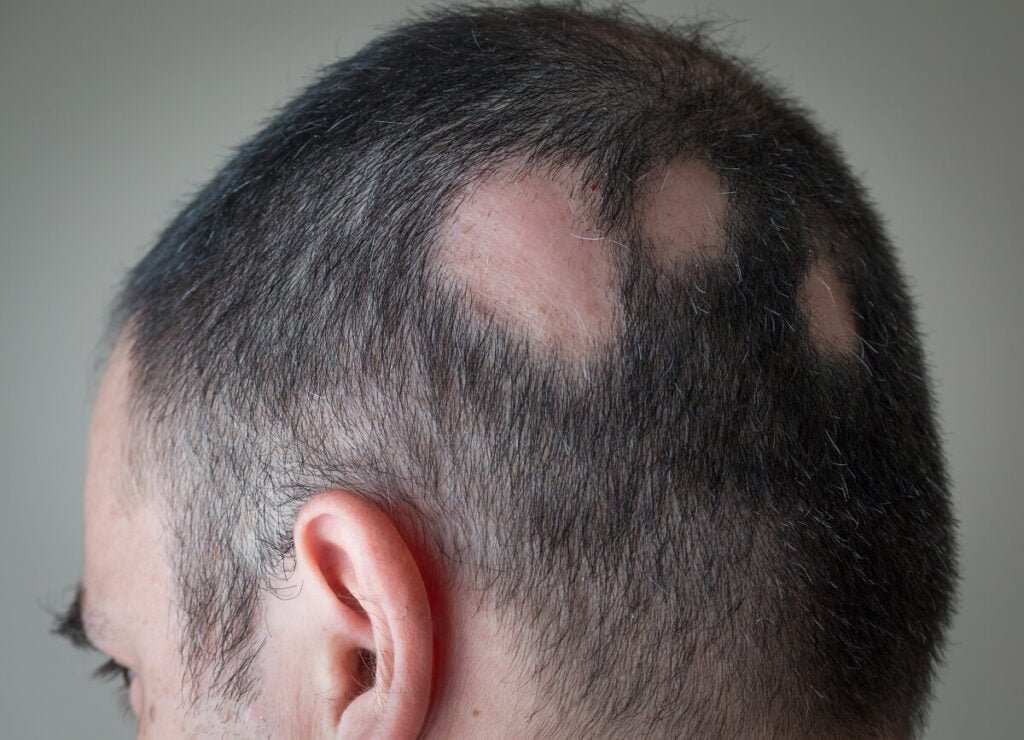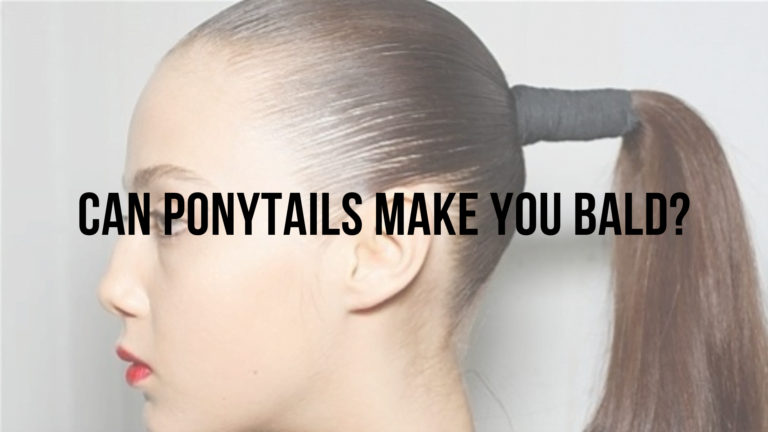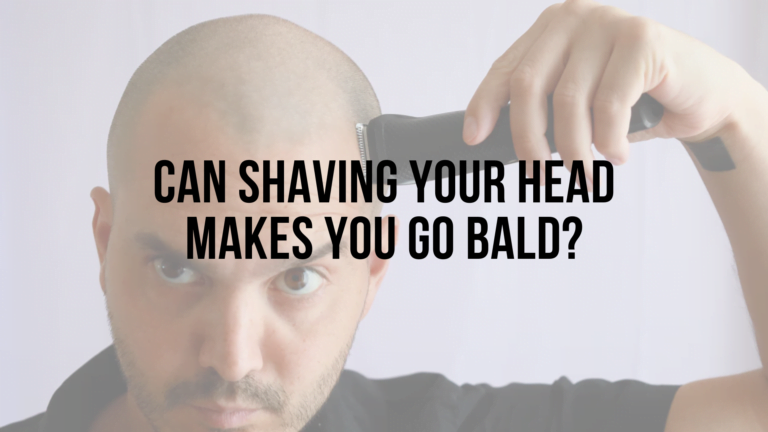Ringworm, despite its name, is not caused by a worm but by a group of fungi known as dermatophytes. This fungal infection can affect the skin, scalp, and even the nails, and in some cases, it may lead to the development of bald spots.
Many people wonder whether these ringworm-induced bald spots are permanent. In this article, we will explore the causes, impact, and treatment options for ringworm-induced bald spots.
One of the biggest concerns about this hair infection is whether it causes permanent hair loss. In this article, an expert hair transplant clinic in Madrid, Murcia and Pontevedra, we tell you to what extent how scalp ringworm can make you bald.
Understanding Ringworm
Ringworm, also known as tinea, is a contagious fungal infection that can affect various parts of the body, including the scalp. When it affects the scalp, it is commonly referred to as tinea capitis.
Ringworm is characterized by a red, scaly rash that typically appears in a circular or ring-like shape. It can cause hair loss, leading to bald spots or thinning hair in the affected area.

The Impact of Ringworm on Bald Spots
The impact of ringworm on bald spots can vary depending on several factors, including the individual’s age, immune system, and the promptness of treatment. In many cases, ringworm-induced bald spots are not permanent, and hair can grow back once the infection is treated.
However, the severity of hair loss can vary from person to person. It is essential to understand that the hair loss is often a result of the body’s immune response to the fungal infection and not directly caused by the fungus itself.
Factors Affecting the Severity and Duration of Bald Spots
- Early Detection and Treatment: Timely diagnosis and treatment of ringworm are crucial in preventing permanent hair loss. The sooner the infection is addressed, the better the chances of complete hair regrowth.
- Immune System Health: A robust immune system can help the body fight off the fungal infection more effectively, potentially reducing the severity of hair loss.
- Age: Ringworm-induced hair loss may be more persistent in adults compared to children. Children often experience less permanent hair loss due to their rapid hair growth and regrowth cycles.
- Fungal Strain: The specific type of dermatophyte causing the ringworm infection can influence the degree of hair loss.
Treatment Options
The treatment of ringworm-induced bald spots typically involves the use of antifungal medications and proper hygiene practices. Here are some common treatment options:
- Antifungal Medications: Topical or oral antifungal medications are usually prescribed to treat ringworm. Common medications include griseofulvin, terbinafine, and ketoconazole. These medications help eliminate the fungal infection and promote hair regrowth.
- Shampoo and Creams: Medicated shampoos and creams are available over-the-counter to treat fungal infections. They can be useful for mild cases.
- Good Hygiene Practices: Regularly washing and cleaning the affected area is essential to prevent the spread of the infection and facilitate the healing process.
- Isolation and Avoiding Sharing Personal Items: It’s crucial to avoid sharing personal items like combs, brushes, and hats to prevent the spread of ringworm to others or to other areas of the body.
Conclusion
Ringworm-induced bald spots are not necessarily permanent, and the prognosis depends on various factors. Timely diagnosis and treatment, a strong immune system, and age can all play a role in the severity and duration of hair loss.
By using antifungal medications and practicing good hygiene, individuals can effectively treat ringworm and promote hair regrowth.
If you suspect you have ringworm or are experiencing bald spots, it is essential to consult a healthcare professional for proper diagnosis and treatment to minimize the impact on your hair.






